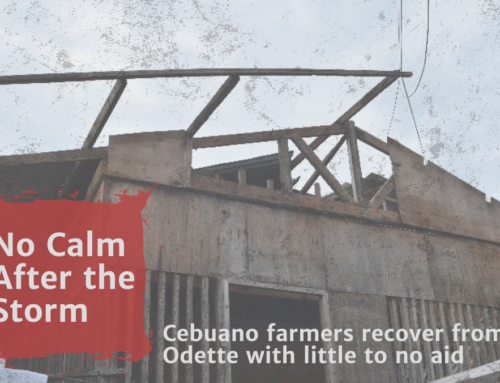Recent changes in climate have already begun to affect natural systems across the globe. These changes will only grow more severe in years to come.
To increase chances of conservation success, we must understand traits that make an individual species especially resilient or vulnerable to changes in climate. Different species will be affected in different ways; sometimes negatively, but not always. Identifying which traits contribute to a species resilience and vulnerability will allow us to develop more robust conservation action plans in the face of a changing climate.
African Elephant
How they’re resilient: African elephants live across a range of diverse habitats, from tropical rainforest to arid desert in 37 countries in sub-Saharan Africa. This means that they are tolerant of a wide range of climatic extremes. They also feed on a variety of plant species, and food is widely available in their habitat. If a few plant species are impacted by a changing climate, African elephants can simply feed on a host of others.
How they’re vulnerable: African elephants require 150-300 liters of water per day for drinking, in addition to what they need for bathing and play. Droughts can lead to population decline in a short period of time. African elephant reproduction is also tied to rainfall; birth peaks line up with rainfall peaks.
How we can help: Securing freshwater resources in areas that experience drought, or are expected to experience drought, will help take the pressure off elephants. This could take the form of providing separate and additional water sources for people and livestock, and wildlife, to reduce conflict over water.
Snow Leopard
How they’re resilient: Snow leopards can tolerate a very wide range of temperatures, suggesting they could cope with rising average temperatures. They also live in the high mountains of central Asia, and can move easily across this inhospitable landscape, potentially seeking out new refuges.
How they’re vulnerable: One difficulty for snow leopards in the long run is that there aren’t that many of them—an estimated 4,000-7,500,—and there are significant knowledge gaps about the species. Also, the effects of climate change on humans may increase the ongoing human impacts on snow leopards.
How we can help: Scientists should continue to learn more about the elusive snow leopard to gain a better understanding of how to protect the species. We also need to reduce pressure from other sources, and ensure that snow leopards have constant access to prey, which generally consists of Asiatic ibex, blue sheep and argali.
Mountain Gorilla
How they’re resilient: Like snow leopards, mountain gorillas can handle a wide range of temperatures. They also consume a variety of food—up to 140 different species of plants—including leaves, shoots and stems, bark, fruit, and, occasionally, ants. Because these foods are widely available and diverse, mountain gorillas will find something to eat even if certain plant species are impacted by a changing climate.
How they’re vulnerable: Mountain gorillas have a very small population—880 in Uganda, Rwanda and the Democratic Republic of Congo. Mountain gorillas also have a very limited range, surrounded by human settlement, which makes it difficult for them to move. Also of high concern is the species’ susceptibility to disease.
How we can help: Scientists need to closely monitor disease in mountain gorillas to keep the population healthy. As the climate changes, we need to maintain—and possibly expand—suitable habitat for the gorillas, while creating improved conditions for surrounding communities to adapt.







